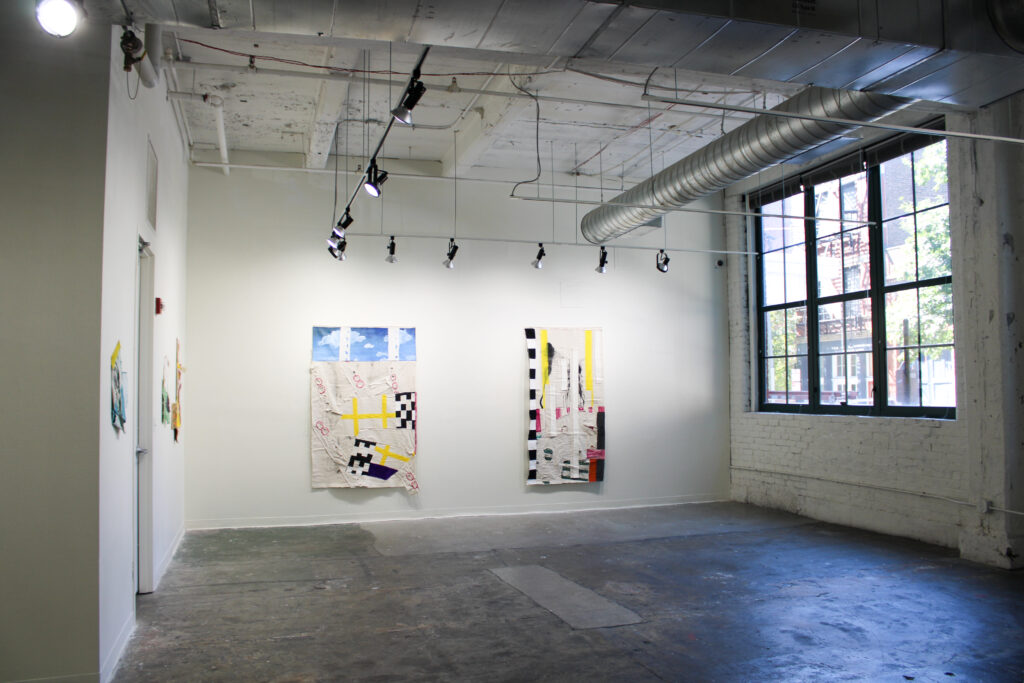Artist and educator Tracy Featherstone turns over a new leaf with Green Kitchen, an exhibition of textile, ink, recycled paper, painting, and mixed-media works borne from a new life. They were completed between 2023 and 2024.
Against the backdrop of a global pandemic, Tracy found herself facing her own mountain of change. She moved through divorce, moved into a new home, set up a new studio, transitioned into a new job at Miami University, learned to teach hands-on art virtually, and welcomed a four-legged member into her life with the adoption of her dog, Skye. A description of her exhibition Green Kitchen reads, “The changes were by no means the worst-case scenario regarding COVID fallout, and it is recognized that many people had much greater life tragedies. In Featherstone’s world it was like someone pushed the red eject button.”
And yet, such a significant series of upheavals can pave the way for redemption and renewal. In a new home with a new life, Tracy figured out how to make new work. She experimented with new processes and found ways to bring older works into a different artistic life. She mindfully sourced her materials to embody environmentally conscious practices. She committed to one quick ink drawing daily, in the spirit of the One Minute Sculptures by artist Erwin Wurm, to get out of the funk she was in and to welcome her own intuition back into the fold. Green Kitchen represents a journey of rediscovery.
She writes, “All the work in this exhibition explores common themes in previous works such as the importance of materials, relationships, longing, touch, and how we shape the environment and the environment shapes us. All works were made in the new studio in the new household which has a delightful green kitchen.”
Read more about Green Kitchen in this Q&A between Tracy and our marketing team.


AAC: There’s a strong emphasis on environmentally friendly materials and methods in this exhibition. Have these always been a part of your practice in some way or did your experience in 2020 really kick that off?
TF: I think I was already on a rampage, you know? And then COVID, oh my God, we couldn’t do all the things we were trying to do—like not use plastic and takeout containers. Everything just fell to the wayside because we couldn’t be at a restaurant, and you always had to get takeout. But early in my career, I made a lot of sculpture, and it always became a storage problem. Often after I was done showing work, it would go through the cycle of getting shown in several places and if I felt like I really wasn’t showing it anymore, I would just take it apart and then use the pieces, reshape them, and use them in different sculptures. So it felt like there was a life cycle.
But then, this is probably eight or 10 years ago, I started doing a bunch of ceramics. I took a class and was doing just a lot of work. And so, I started making ceramics just like I did everything else, like a lot of it. But I realized as it started gathering up, I had to store the pieces, and once you fired it, it didn’t have another lifespan. It was this solidified object that was either going to go into a landfill eventually, or it just had to be stored. I was already starting to consider all the fuel and all the things that go into making ceramics and pot powering and all that kind of stuff. That started to really bother me, and I made a conscious choice to kind of step away from that. And that’s when COVID hit. So I stopped making ceramics for a while. (I’m starting back up a little bit again.)
But I try to be conscious about making a drawing a day, and each one of those is on a piece of paper. There’s something I really like about one piece becoming the genesis. Getting recycled and becoming the genesis of the next, and this sort of cycle that one piece feeds into another and has this history to it. But it’s also more green in that way. I like materials that can do that.

AAC: You’ve written that your life changed significantly during the pandemic. How does your artistic approach now differ from your approach pre-pandemic?
TF: I think I’m still figuring it out. I think the questions I ask myself now more than I used to are more life balance questions. It’s probably not a really interesting answer, but I have less time, so that has an effect because I’m running a print studio and then I’m, you know, a single-person household. My studio is in my house now, so that makes it a little easier to get work done, but I do also work up at the print studio, and so the commute takes up time.
I’m trying to get the right balance, and I think one of the things I found after this drawing-a-day project is that maybe I’d like to take time now and go back into those drawings and mine those drawings for some more larger sustained pieces—instead of just making, making, making. I think I want to take some time to step back and analyze what came out of those little drawings and see what I can mine from there and maybe spend a little bit more time not just mass producing. Just thinking about what I have and creating new work from there.
AAC: Yeah, yeah. And you had mentioned that these works were created within your home. I’m curious, as the artist, what sort of “energy” do you see when you consider the entirety of this collection?
TF: Well, it’s a lot like the daily drawings, these mundane things that are just around me and my household. That was part of the challenge because in the summer, when school’s out, I work in the studio, walk the dog and take care of other things. But I don’t leave the house very often. It was literally like one of the things that kept on coming up—like, I’m gonna make a drawing today, what am I gonna draw, you know? I was sort of running out of things to draw but I think that was part of the challenge.
One of the artists I really like is Amy Sillman. For her it’s almost like the subject matter doesn’t make a difference. It could be a kettle or something, but it’s just how she paints it and how it interacts with the charged space. The object itself does not have to have any importance or be interesting—it’s how you create the work around it. I think there’s something to be said about seeing interesting things and the things you’re always looking at. And I think there’s that connection about my work. The materials are all pretty accessible. They’re pretty, you know, democratic materials. There’s no fanciness. It’s sort of this idea about trying to find small, interesting things and being present and aware.

Read more about Green Kitchen and view photos. This exhibition is on view in Pearlman Gallery until Sept. 20. View more of Tracy’s work at her website.
Our galleries are free and open to the public, and no registration is needed. Check-in at the security desk is required. View all upcoming exhibitions for the rest of the season.
Gallery Hours:
Monday – Friday: 9 a.m. to 9 p.m.
Saturday – Sunday: 9 a.m. to 5 p.m.
Location:
Art Academy of Cincinnati College of Art & Design
1212 Jackson St., Cincinnati, OH 45202
Traveling via the Connector streetcar? We’re right around the corner from station 7 in Over-the-Rhine!










